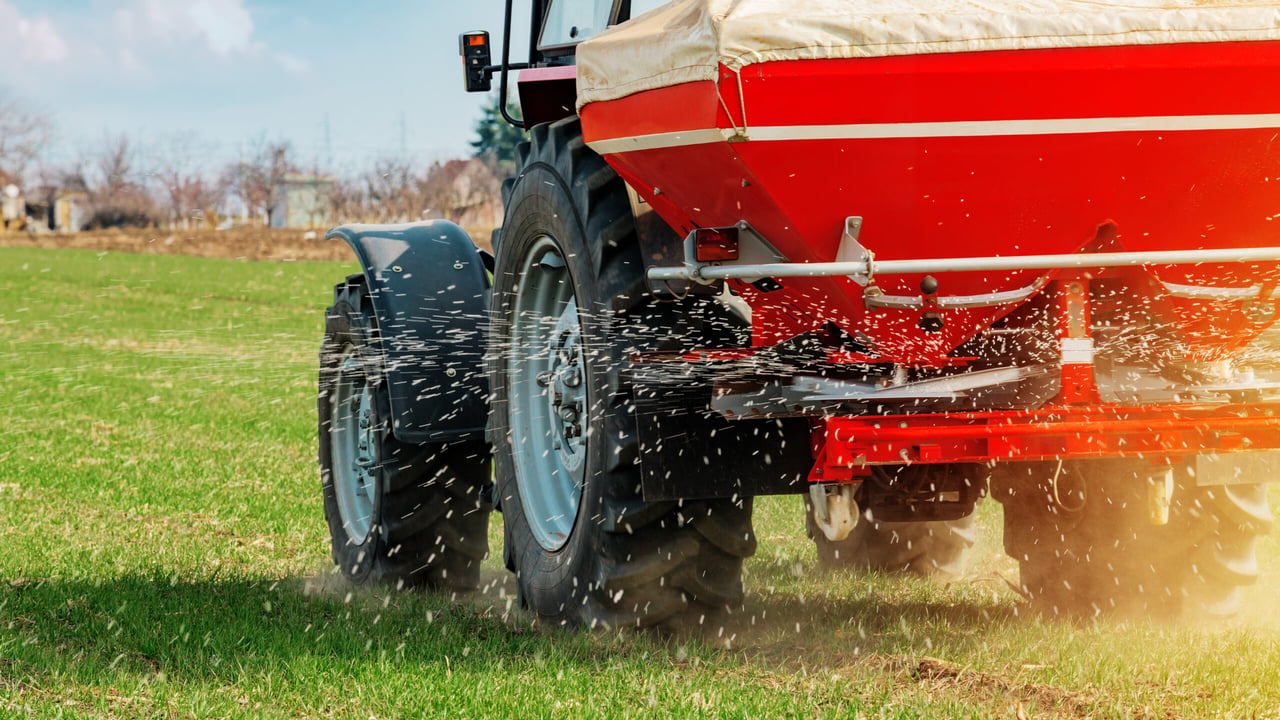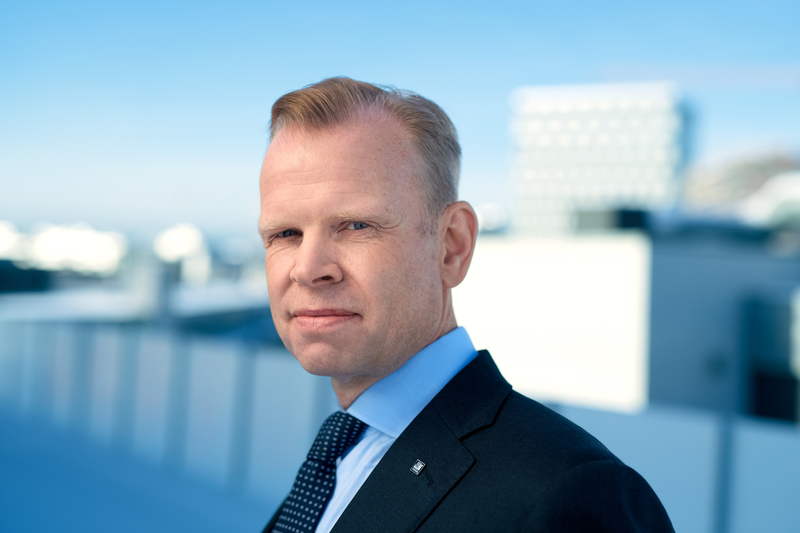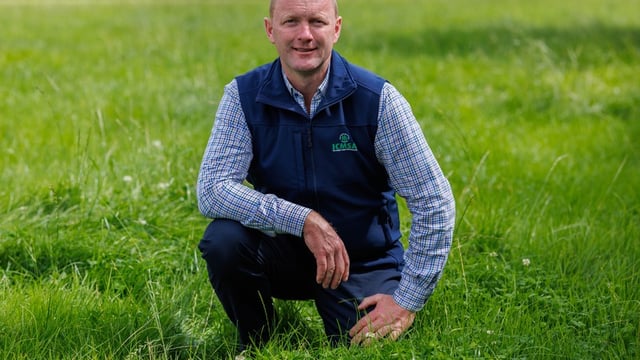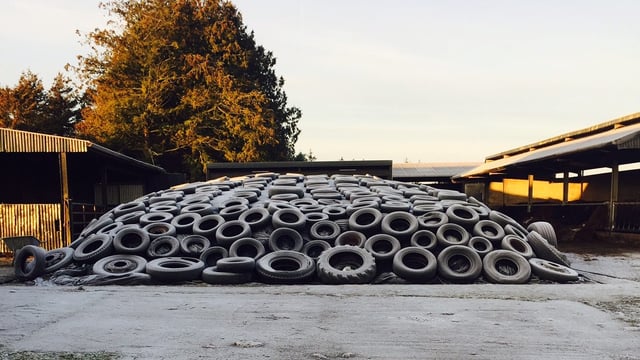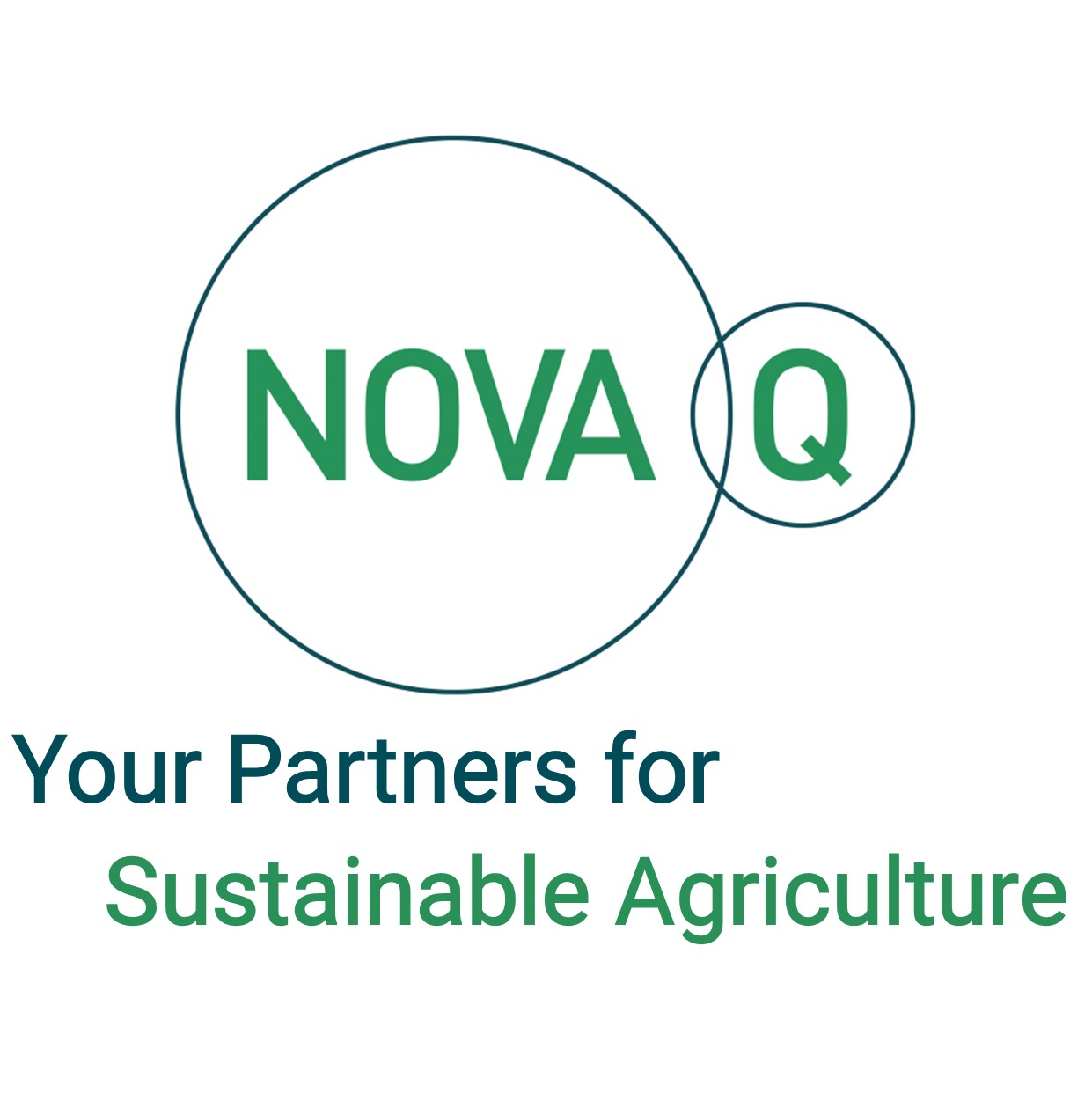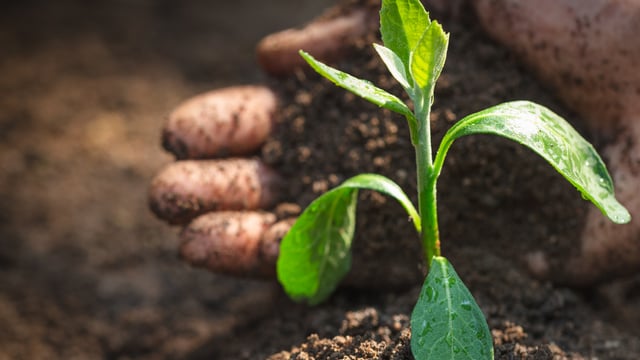Yara to review asset portfolio amid drop in Q4 earnings
Yara’s fourth-quarter (Q4) earnings before interest, taxes, depreciation and amortisation (EBITDA), excluding special items, stood at $519 million.
The global fertiliser company, headquartered in Norway, noted that this is 10% lower than the same quarter a year previously ($576 million).
According to financial results published today (Friday, February 7), the performance mainly reflects lower nitrogen upgrading margins more than offsetting higher deliveries, lower fixed costs and positive currency effects on fixed costs.
Total deliveries were 5% higher when compared to Q4 2023, mainly driven by Europe.
Yara said that a negative net income in Q4 of $290 million was impacted by several "non-cash effects", including currency translation loss, impairments and pension buy-out, amounting to $430 million before tax.
A stronger US dollar is fundamentally positive for Yara’s business, as nitrogen (N) margins are largely driven by the currency.
Yara said that "strict capital discipline and a tightening nitrogen market", is set to strengthen the company's financial position, driving increased free cash flow and sustainable profitability.
"While Yara has successfully navigated recent volatility by focusing on operational continuity, recent returns have been below satisfactory levels.
"Yara’s strategy prioritises resources towards higher-return core assets and activities while scaling back non-core and lower-return activities," the company said.
Yara is targeting a $300 million reduction in fixed cost and capital expenditure by the end of 2025.
The company is also carrying out an asset portfolio review "focused on sites with competitive scale and feedstock, access to key markets, profitable decarbonisation opportunities, operational flexibility and sustainable strong returns".
Svein Tore Holsether, president and chief executive at Yara, said that the top priority for the company is increasing free cash flow and shareholder returns.
“Yara’s operational performance this quarter is strong, with record-high production and safety performance.
"This marks a significant milestone in our continuous work to improve safety and resilience in Yara.
"We’re also progressing well on our cost and capex reduction program, with a $90 million reduction achieved in 2024," he said.
“Yara’s key priority is to create value for its shareholders, and our capital allocation strategy is driven solely by the goal of maximizing long-term value.
"By prioritising our core business and focusing on higher-return operations, we will ensure a fit-for-future Yara,” Holsether added.
Similarly to last year, Yara noted that northern hemisphere deliveries are lagging, with a continued just-in-time buying trend for the first half of the season.
In addition, Indian stock levels are lower than at the start of the season, due to strong domestic sales and reduced imports.
Combined with the absence of Chinese exports, Yara said that this has created a "fundamentally strong urea market" entering into first half of 2025.
On the supply side, the company noted that the Chinese export policy "remains a key uncertainty factor".
However, Yara said that current indications are for a tightening global supply-demand balance in the coming years

